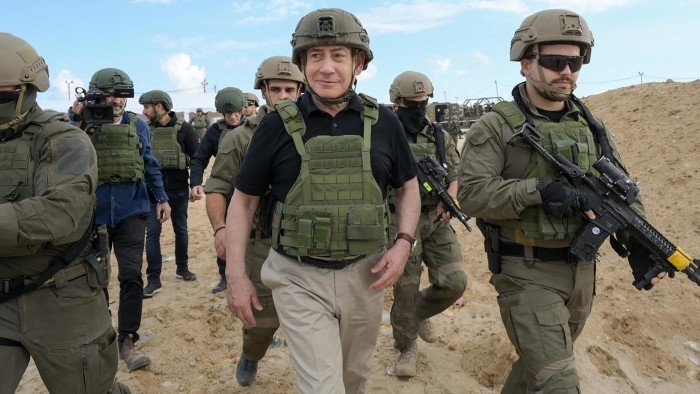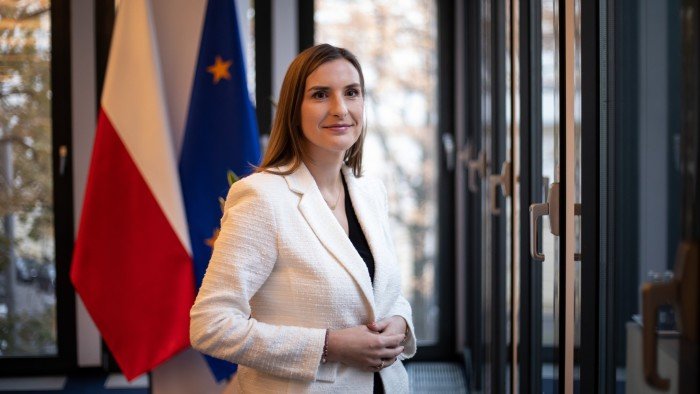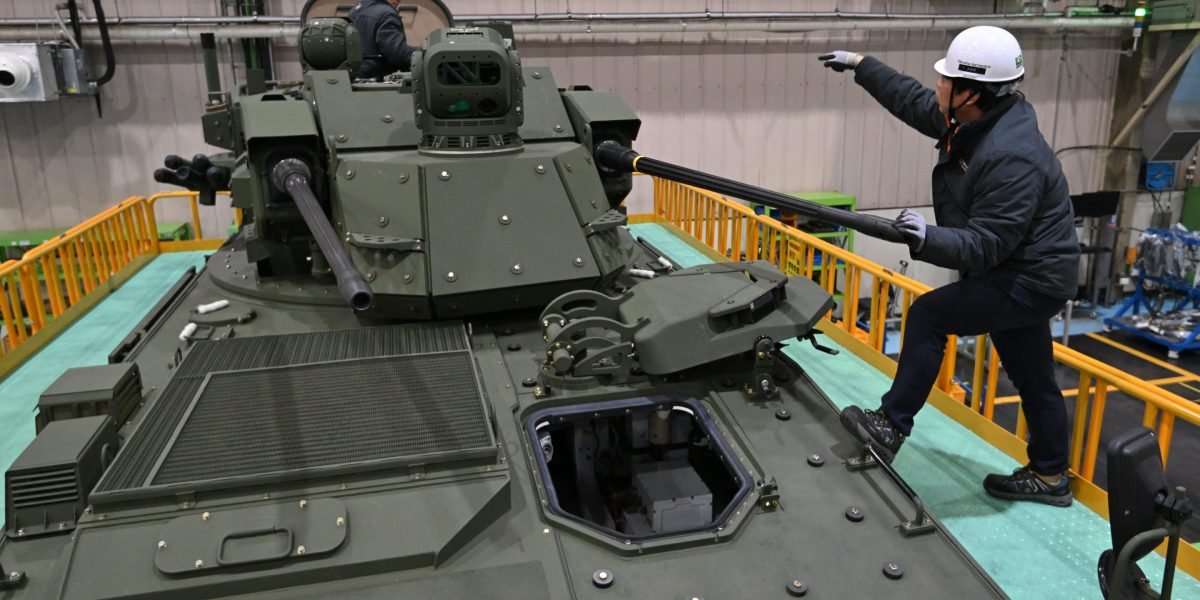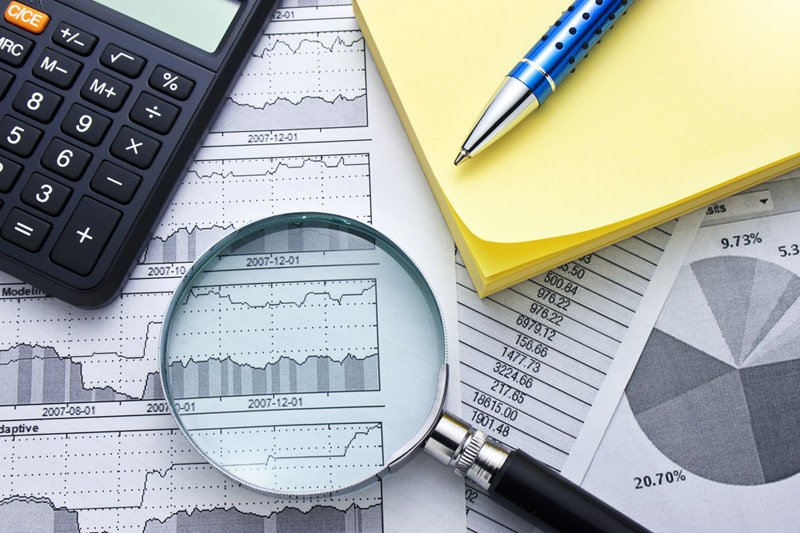Bankers, traders and investors are bracing themselves for a long stint of high volumes and increased volatility, particularly in bond and currency markets, ahead of Tuesday’s US presidential election.
With markets already pricing in potentially large swings across several asset classes, Wall Street banks have been preparing well in advance — with some pausing software updates and booking downtown hotel rooms for suburb-dwelling traders, to make sure they are ready to handle any unexpected moves on election night or throughout the rest of the week.
“I will be glued to my screen,” said Vikram Prasad, Citi’s global head of credit trading. “We’re really co-ordinating across the entire organisation.”
The early focus as the polls close will be on bond and currency markets, which trade through the night. While stock futures will also be moving, they typically become more reliable indicators in the morning, before the New York market opens.
Market participants also flagged that a big difference between the presidential election four years ago and this week’s contest was the greater depth of the cryptocurrency market, which is open 24 hours a day.
Election day comes as gauges of expected volatility across the Treasury and currencies markets have risen in recent weeks. The ICE BofA Move index, a closely watched measure of future moves in the US government bond market, rose two-fifths in October, while a CME index of implied volatility across a group of developed market currencies last week hit its highest level since early last year.

The potential for jumps in trading activity means banks and other firms have made logistical arrangements ahead of time. At Goldman Sachs, Richard Chambers said his repo and short macro trading teams would aim to take a few hours’ break early in the evening, before returning to their desks as polls close to work in tandem with Asia-based teams.
“We want everyone to try to get some downtime, then be ready to turn on their engines for the long haul late Tuesday evening. What we learned from previous elections, is that key information can disseminate around midnight to 2am,” he said.
“How quickly we go back to the normal course of business will be a function of the risk of the election being contested or non-contested,” Chambers added. “But we expect to see higher than normal volumes on the Tuesday night and the Wednesday, and most likely following through to the end of the week as new information comes through.”
The day after the election, stocks will come to the fore, with markets pricing a potential swing of plus or minus 2.2 per cent in the S&P 500, according to options data last week on the Cboe.
Trading volumes are not expected to hit the record levels seen at the height of the mid-pandemic meme stock mania, but firms are nonetheless taking steps to minimise the risk of disruption.
“I don’t think the election is going to stress out the system . . . the markets are resilient and the infrastructure is there,” said Patrick Murphy, a partner at market making firm GTS. Still, he said, many firms would put a temporary freeze on non-essential changes such as software updates that may carry an incremental chance of causing problems.
FT Edit
This article was featured in FT Edit, a daily selection of eight stories to inform, inspire and delight, free to read for 30 days. Explore FT Edit here ➼
Market makers have also been cutting back their risk exposures so they have as much liquidity as possible to facilitate trades next week.
“Going into an event like this one, whichever way you’re leaning, there’s a high degree of uncertainty for sure,” said Citi’s Prasad. “We’ve spent a lot of time cleaning up our inventory and our own positions in order to be as neutral as possible to approach the event from the perspective of providing that intermediation.”
Some investors with a longer-term focus will be trying to resist the urge to get too caught up in overnight vicissitudes.
“The initial reaction is almost always a head fake,” said Ed Al-Hussainy, senior rates analyst at Columbia Threadneedle Investments. “Equity markets collapsed after Trump was elected [in 2016]. That lasted a day and then they rallied.”
“The approach that I like to push is: ‘don’t try to get that initial move right’. It happens too fast.”
John Schlegel, JPMorgan Chase’s head of positioning intelligence, said many of the bank’s prime brokerage clients had been scaling back some of their bets to reflect the uncertainty.
“In the past couple of weeks there has been a reduction in some of the Trump trades [that had already made some profits] as well as overall taking off risk or adding to some hedges . . . which is consistent with prior elections,” he said.
Tom di Galoma, head of fixed income at Curvature Securities, said election night was “usually a fairly volatile night as polls start to come in . . . [but] this could string out for three to five more days”.
Adding to this week’s busy schedule, traders will need to rapidly turn their attention to the Federal Reserve’s next monetary policy decision on Thursday, when the central bank is widely expected to announce a second consecutive interest rate cut.
Still, traders noted that big events like the election are what they train for everyday and eagerly anticipate.
“Being a trader in times of high volatility and big market moving events incentivises more pronounced client activity and greater trading opportunity sets,” said Goldman’s Chambers. “This is what traders in our seat live for.”













Leave a Reply